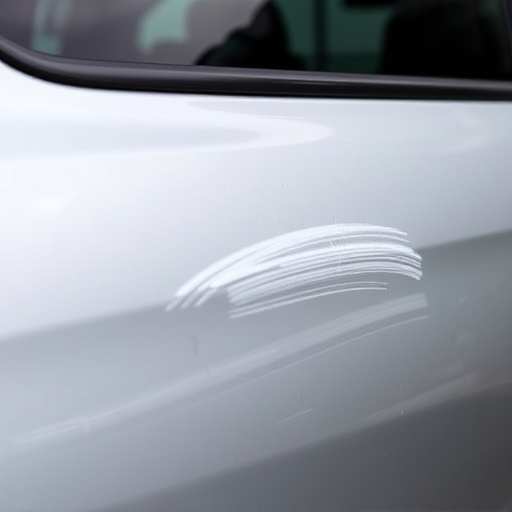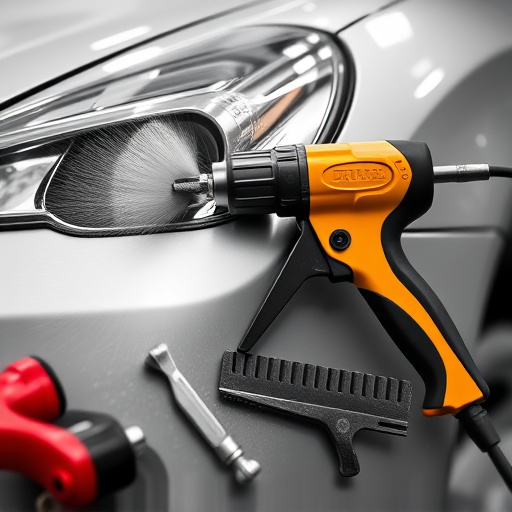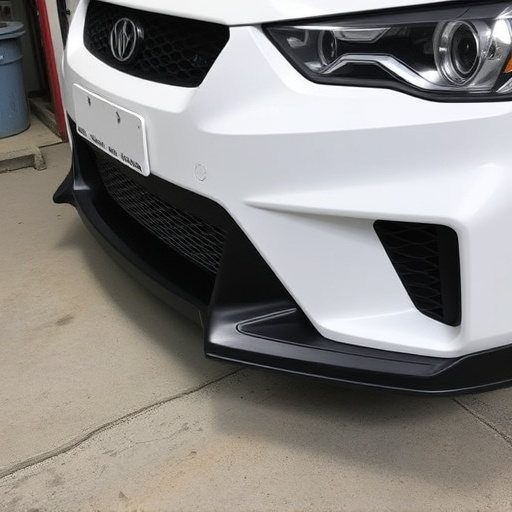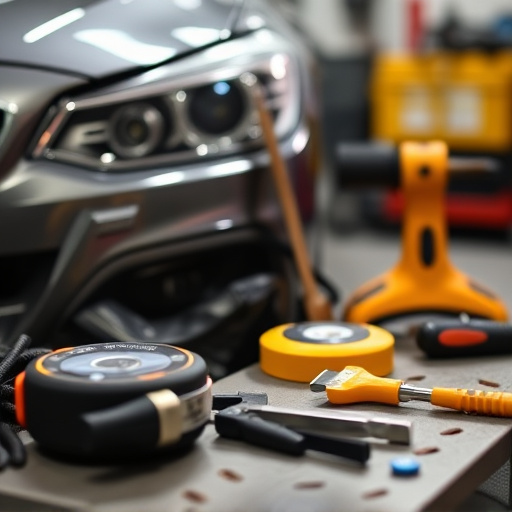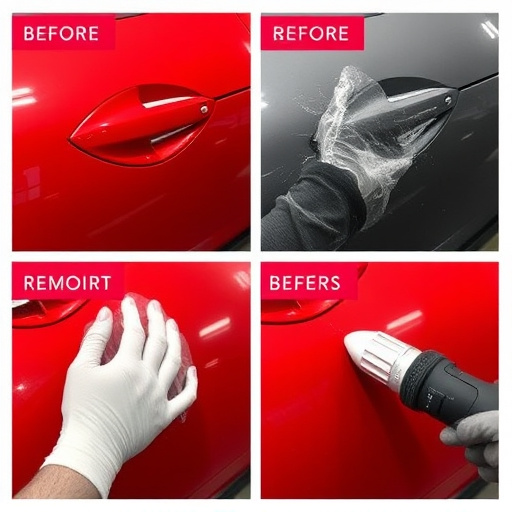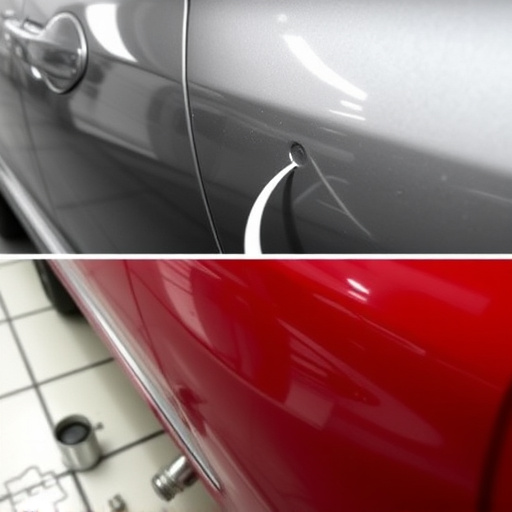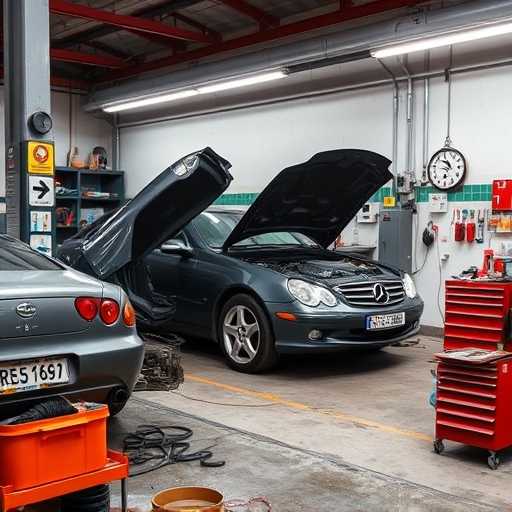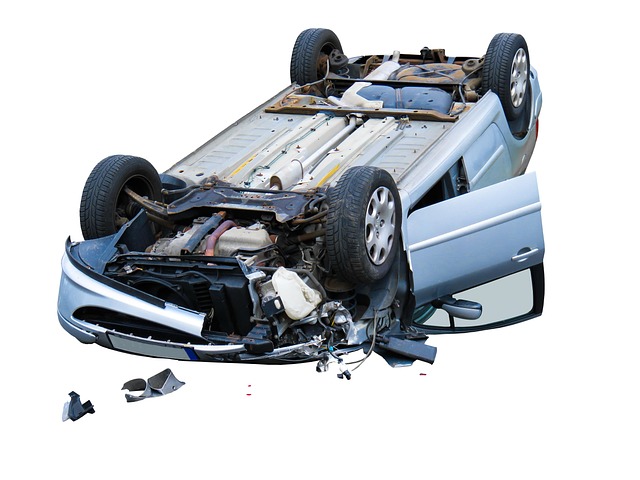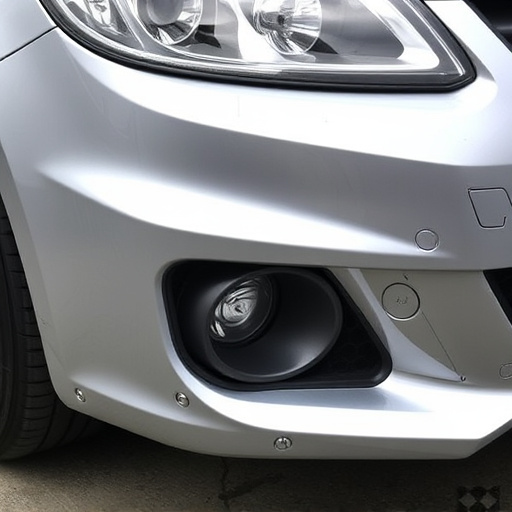Car owners post-repair should expect potential reduced market value due to diminished value after repair, influenced by pre-incident vehicle condition, damage extent, and repair quality. To strengthen claims, document repairs with before/after photos, mechanic reports, invoices, and communication with insurers. Strategically negotiate with insurers, reviewing pre/post-accident conditions, taking photos, getting quotes, and using local comparable resale values supported by a third-party appraiser.
Negotiating diminished value after repairs with insurers can be a complex process. This article guides you through understanding diminished value—the reduced car value post-repair—and how it impacts claims. We provide actionable strategies and tips on gathering evidence to support your claim, ensuring you’re well-prepared for negotiations. Learn effective tactics to advocate for fair compensation, especially when dealing with insurance companies. Maximize your chances of a positive outcome by mastering these techniques, focusing on diminished value after repair.
- Understanding Diminished Value After Repairs
- Gathering Evidence to Support Your Claim
- Strategies for Effective Negotiation with Insurers
Understanding Diminished Value After Repairs
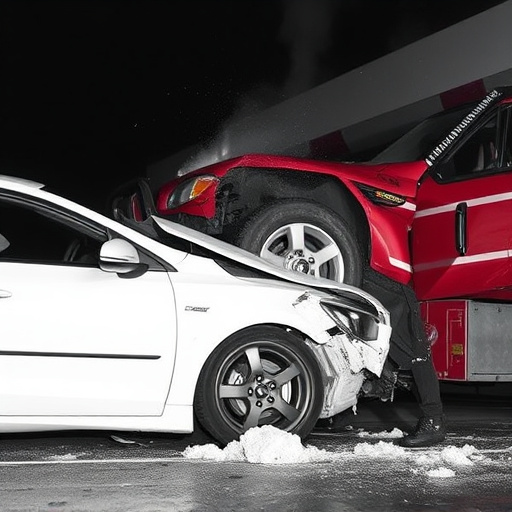
After a repair, especially for significant damages like hail damage repair or luxury vehicle repair, it’s important to be aware that your car may not return to its pre-incident value. This concept is known as diminished value after repair. It refers to the reduction in the market value of a vehicle following repairs, which can occur due to various factors such as the age and condition of the vehicle before the incident, the extent of damage, and the quality of the repair work.
Understanding that your car’s value might not be fully restored is crucial when dealing with insurers. Many vehicles, especially those undergoing automotive repair, experience some level of depreciation even after professional repairs. This is why it’s essential to document every step of the repair process and gather evidence supporting the quality of the work done. This knowledge equips you with the necessary tools to negotiate diminished value claims effectively with your insurer.
Gathering Evidence to Support Your Claim
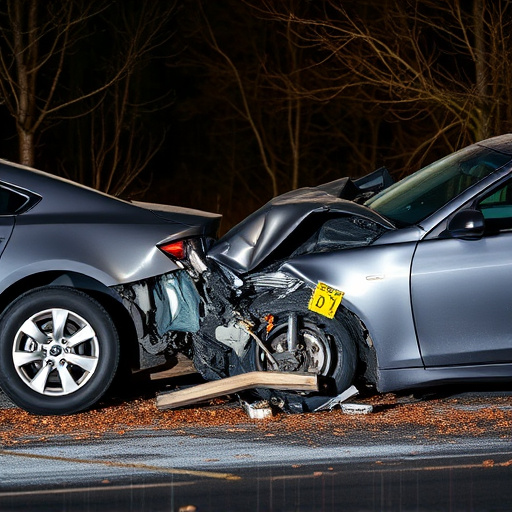
When filing a claim for diminished value after a repair, having solid evidence to support your argument is paramount. Start by documenting all repairs made to your vehicle, including before and after photographs that clearly illustrate any visual differences. These images can be powerful tools in demonstrating the extent of the damage and the subsequent impact on your car’s overall value. Additionally, gather reports from qualified mechanics or body shop professionals who can assess the work performed and provide estimates for alternative repairs or replacements.
Collecting detailed records of the repair process is also essential. This includes invoices, receipts, and communication with your insurer. If you’ve engaged a reputable car body shop for collision repair services or car scratch repair, they should be able to provide comprehensive documentation. These documents can help validate the necessity of the repairs and their potential impact on the vehicle’s market value post-repair.
Strategies for Effective Negotiation with Insurers

When negotiating diminished value after repair with insurers, it’s crucial to be prepared and strategic. The first step is to gather all relevant information about the pre-and post-accident condition of your vehicle. This includes taking detailed photos of the damage, obtaining quotes from multiple automotive repair services, and reviewing your insurance policy closely. Understanding the extent of the repairs and the impact on your vehicle’s overall value is key to building a strong case.
During the negotiation, remain calm and professional. Clearly communicate the facts and present your evidence without becoming argumentative. Emphasize that you’re not seeking excessive compensation but rather fair market value for the diminished value after repair. It helps to be specific about comparable vehicle models and their average resale values in your area. Additionally, consider involving a third-party appraiser or an expert in vehicle bodywork to validate your assessment, further strengthening your position in the negotiation process.
When negotiating diminished value after a repair, understanding the concept and gathering robust evidence are key. By employing effective strategies and staying persistent, you can secure fair compensation for your vehicle’s reduced value post-repair. Remember, knowledge is power, and with the right approach, you can navigate these negotiations successfully and ensure your car’s true worth is recognized.

